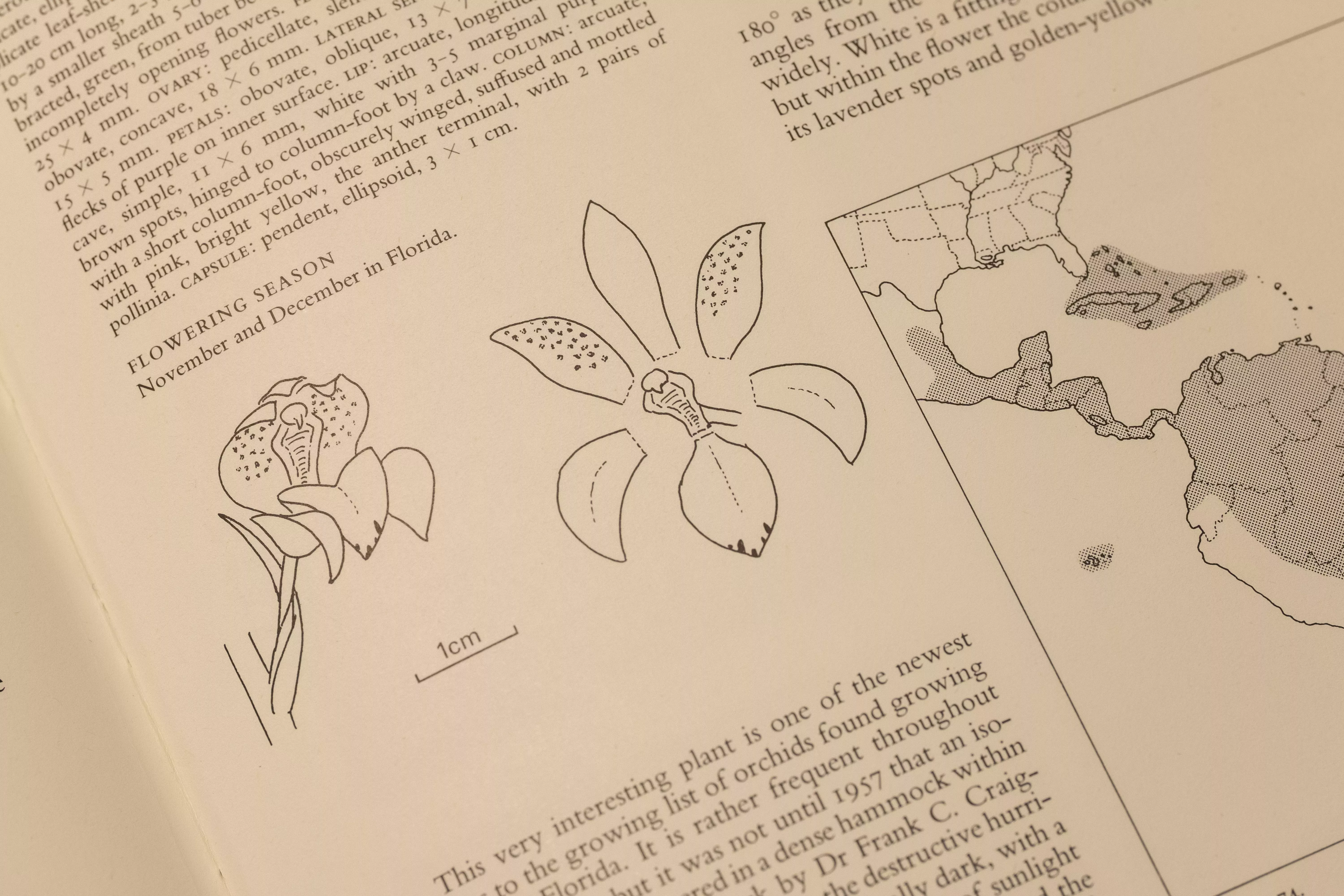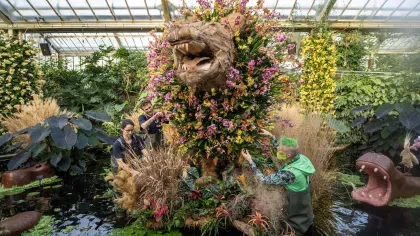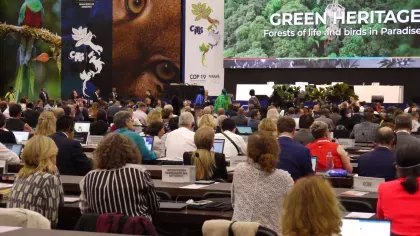3 April 2023
Confirming Extinction - The Everglades Orchid
Certifying the full extinction of a species is no easy task and no happy moment, but only by doing so can we learn how to stop it happening to others.

The reality of discovering new species is that sometimes, we find a new form of life at the very end of its time on Earth.
This is a story of one such orchid that’s been missing since the 1960s, the fifty-year scientific journey to prove its extinction, and how we can stop other species meeting the same fate.
The extinct orchid guardian
Vida Svahnström has an interest in orchids spanning back long before her time as part of Kew Science. Born and raised in Florida, an American state rich with ecosystems from deep swamp through to desiccated scrub, she had no shortage of plants and fungi to study.
Today, she is a member of the Orchid Red List Authority, and a species conservation assessor here at Kew Gardens, evaluating the conservation status of plants from every corner of the world for publication on the IUCN Red List of Threatened Species (IUCN Red List). This work provides a crucial information baseline to help guide effective conservation.
“I’ve always loved orchids, and a little unusually, I’ve always been interested in species already lost to time. As scientists, we’re always very hesitant to classify a species as extinct, just in case it isn’t, but if we can be certain (or as close to certain as possible) then we can free up limited resources for species that can still be saved, and learn lessons from what’s been lost”.
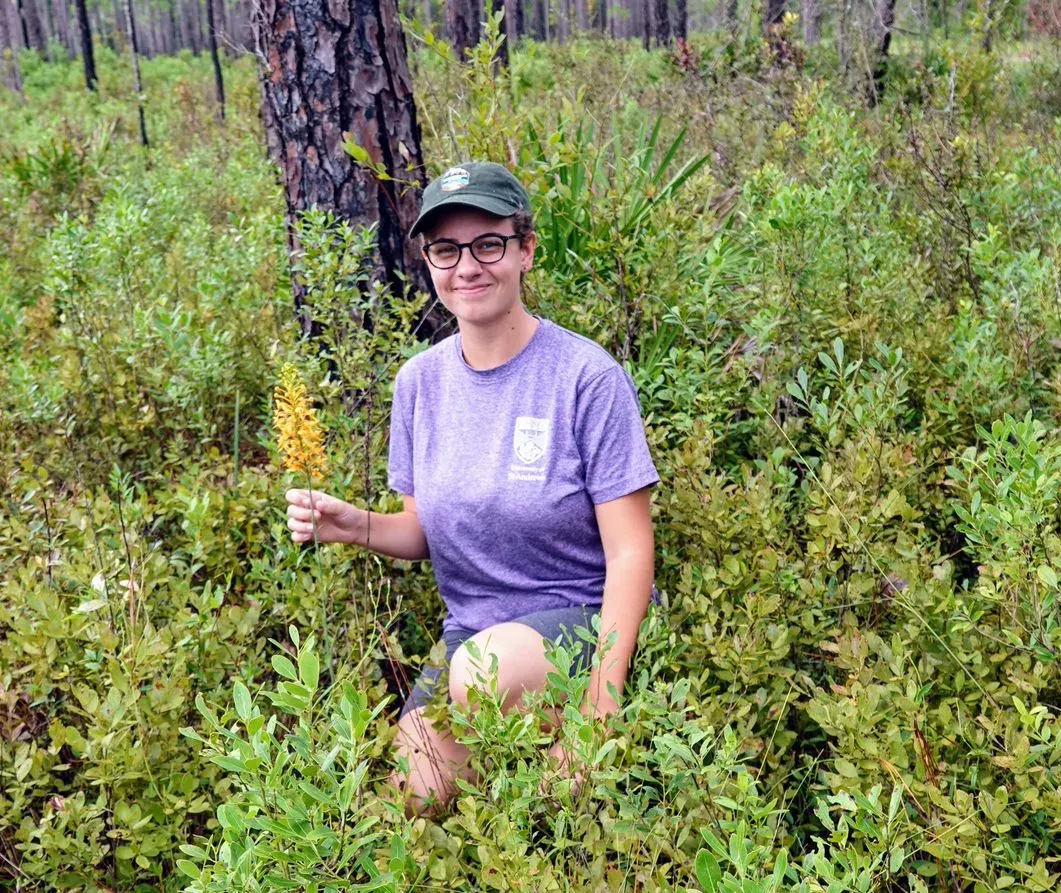
Introducing Govenia
The year 2022 saw the assessment of an orchid that shares her roots: Govenia floridana (Florida Govenia). The species was discovered in the Florida Everglades, at the very southern tip of the US Atlantic coast, during the 1950’s.
“The Everglades is an amazing place. Huge amounts of water move slowly from north to south, creating a vast region where different kinds of wetlands form depending on the elevation. Imagine endless seas of wiregrass, deep swamps shaded by ancient cypress trees, and of course, lots and lots of alligators."
Within the complexity of the Everglades, one particular type of habitat was the exclusive home of G.floridana.
“One of my favourite ecosystems in the Everglades are the tropical hardwood hammocks. They form where small areas of slightly elevated limestone create a cocktail of conditions that have led to a unique assemblage of life found nowhere else on Earth.
"The slight elevation has also been this ecosystem's downfall in South Florida, as its 'high and dry' status makes it a prime area for development.
"The frost-free microclimate of this habitat allows plants primarily distributed in the tropical Caribbean to grow alongside North American species. Bromeliads, ferns, and of course orchids thrive here. For many species this is the northernmost place you can find them, and in some cases it is the only place they exist. Florida Govenia was only ever known to occur in one tiny pocket of tropical hardwood hammock."
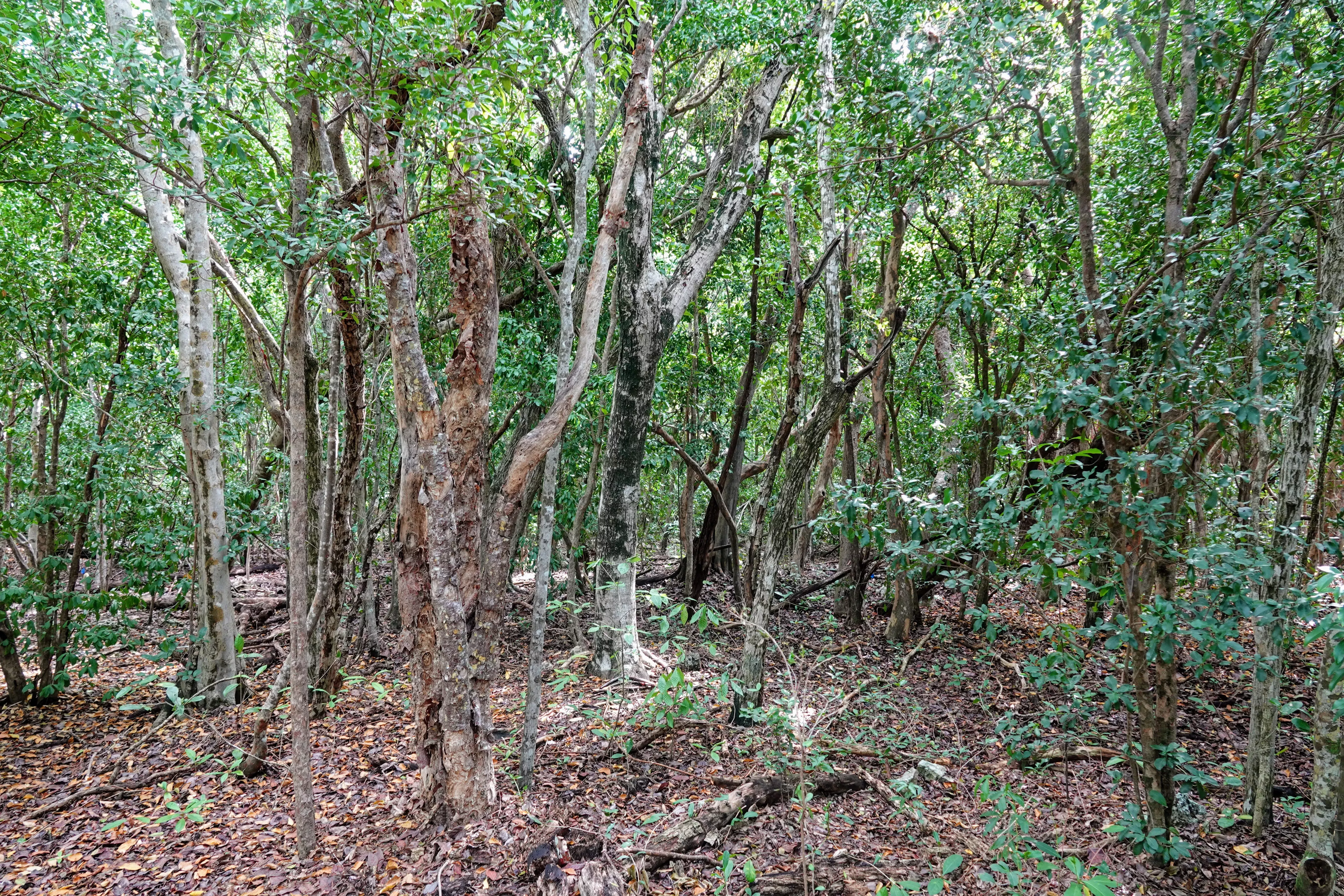
Last remnants
Despite its home being identified within one of the largest National Parks on Earth, the very last verified sighting of Florida Govenia was recorded by scientists in 1964, less than a decade after it was discovered.
“It’s a distinctive plant that looks like nothing else in south Florida: two large, dark green, pleated leaves emerge from a sheathed stem, with a flowering stalk that grows up to 50 cm tall, supporting small white flowers which only open partially.
“Unique and rare, and therefore desirable for orchid collectors, it also had the misfortune of not being that difficult to access. While some tropical hardwood hammocks are very remote, only reachable by several days of paddling through swamps and marsh, roads through the Everglades meant that Florida govenia was never too far out of reach. Word got out about the newly discovered rare orchid and one by one, plants disappeared from the only site that the species was known to occur. This is a case where we can be fairly certain that poaching was a major cause of a species' demise, coupled with extensive habitat loss that had already occurred across much of south Florida.
"Today the only proof beyond a few scientific articles that the species ever existed is in the form of three photos of the live plant in a single textbook, and a few dried specimens located in herbariums in the US. These are incredibly valuable, as it means it might still be possible to extract the species’ DNA, examine its morphology, and learn more about it.”
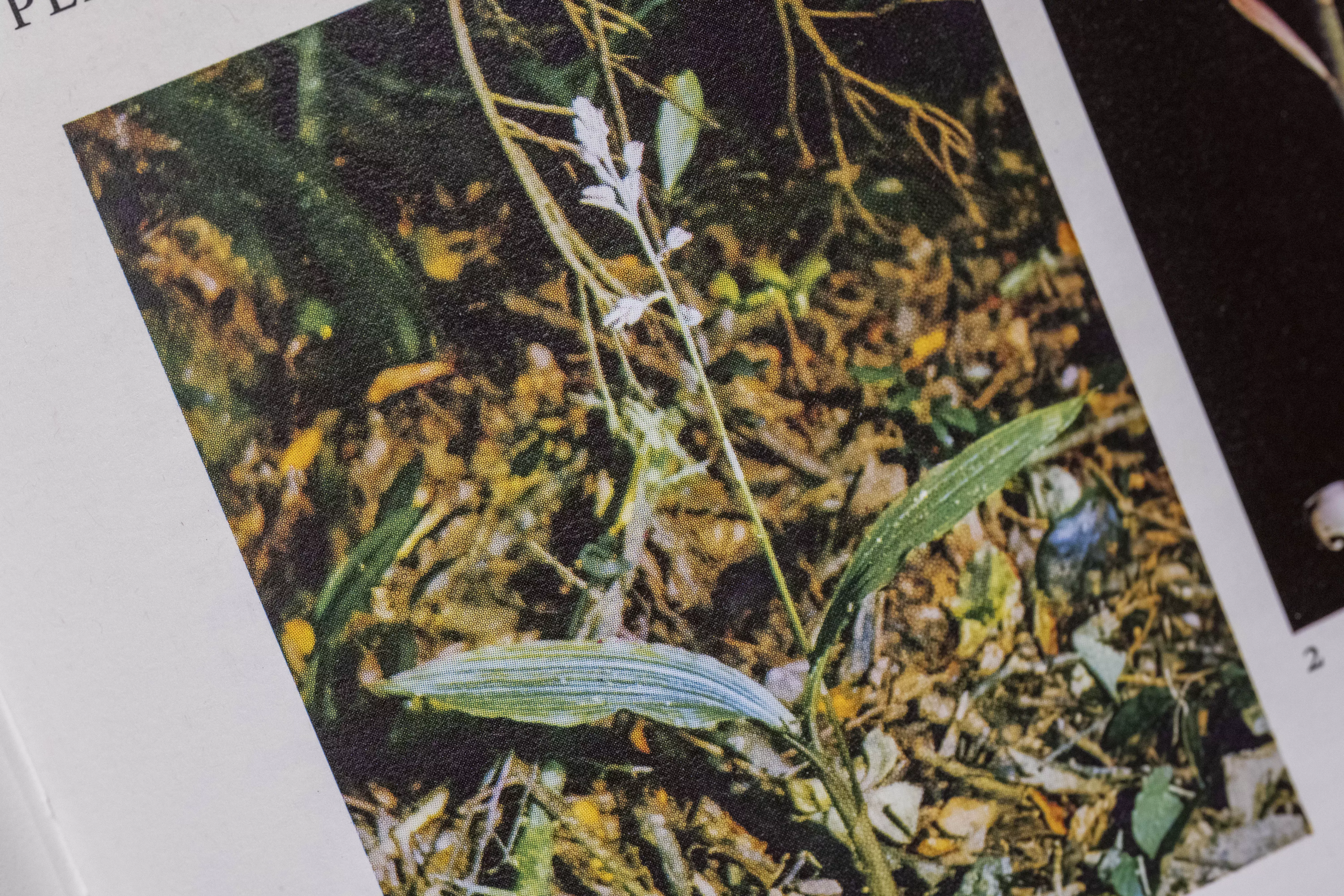
How do we prove extinction?
The natural question is could the plant still be out there?
Govenia floridana isn’t a huge plant. The Everglades on the other hand, really is very big, larger than the state of Delaware. How can we possibly be sure that we’ve not just looked in the wrong place?
“It’s rare to be as sure as we are about this one. The huge advantage we have is to do with where the orchid once lived, the Everglades. The species that live here have been intensely studied by park authorities and botanists, and half a century’s records have been kept for use.
“What if it were possible to collate every single study, survey, and transect through the estimated former range of G.floridana, and calculate the probability that it would’ve been seen?”
To aid in such a complex calculation the IUCN Extinction Assessment Framework uses two models: the Records and Surveys model and the Threats model.
For Vida, this meant compiling an enormous amount of data comprising surveys and collectors notes from the 1950s all the way through to 2022. With this knowledge she was able to construct essential model features, such as the likelihood that the surveyors would be able to identify the species, and the probability of actually encountering the plant through passive survey work - challenging for a small plant that goes dormant below ground for six months of the year.
“Our result– over 90% certainty that if the orchid existed, it would’ve been identified at some point by a scientific study in the region over the last 60 years, i.e. the species is almost certainly extinct and can be classified as such. Consequently, our submission was published on the IUCN Red List in December last year”
For many rare tropical plants, there has not been nearly enough survey effort to be able to confidently say whether they could be extinct or not. Botanical collecting and study in the field is not only critical for discovering new species, but also for documenting extinctions.
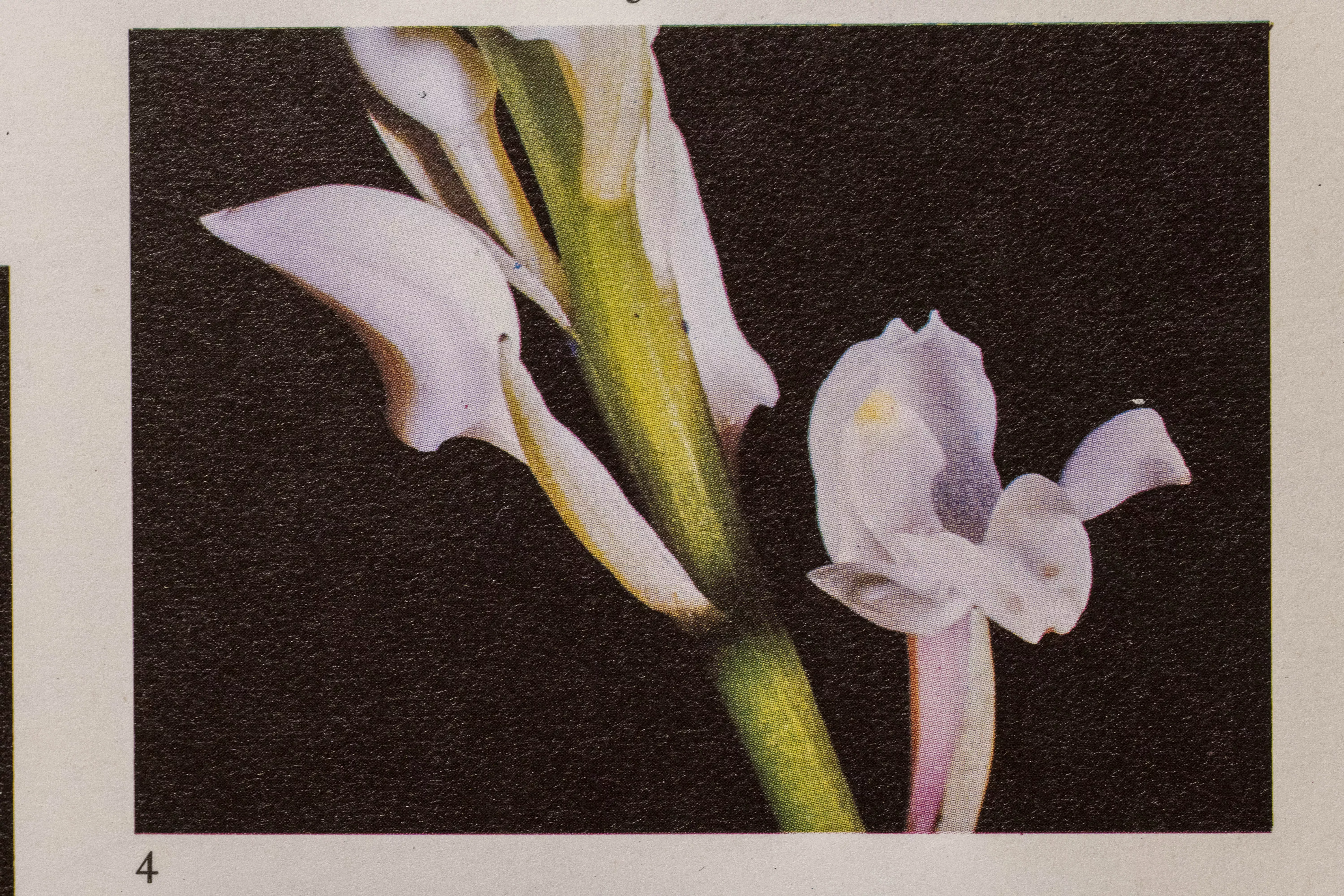
A brighter future?
Understanding extinction helps us prevent extinction, and in this instance the wildlife trade likely played the biggest role.
This year we’re celebrating the 50th anniversary of CITES (Convention of International Trade in Endangered Species of Wild Fauna and Flora), and 47 years since Kew took up the important role as the UK’s CITES Scientific Authority.
CITES considers evidence around a species’ conservation status gathered through studies like Vida’s, and can implement controls on the international trade of that species’ or its products. As a united front, the goal is to ensure all wildlife trade is sustainable rather than driving any population or species to its end.
Over 80% of plant species have not yet had their extinction risk assessed for the IUCN Red List. The story of Govenia floridana is a reminder of why it is critical to assess each species before it is too late. Discovering species on the brink of extinction is inevitable, but through the work of our Conservation Assessment and Analysis team at Kew, and the possibility of targeted conservation actions based on their findings, we hope to see more stories of recovery than extinction.

